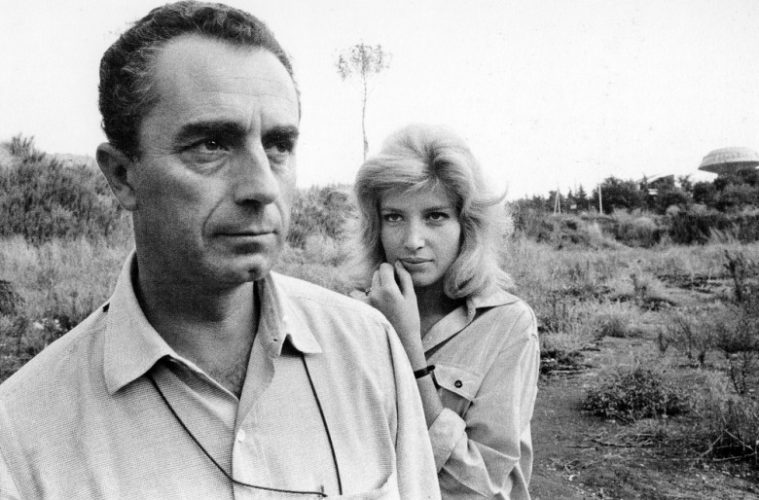Michelangelo Antonioni made several great films without Monica Vitti, yet the sense of harmony driving their collaboration can be so powerful as to make one wonder why he ever sought anyone else. Antonioni is primarily a filmmaker of mood and mindset, two elements of performance that Vitti’s face could communicate more clearly than any words. (This, despite what Ingmar Bergman might have thought.) Their collaboration has long been a point of fascination for cineastes, making it little surprise that a recent video essay, by Tope Ogundare, focuses on how one complemented the other.
Despite the egregious error of excluding — or, based on its wording, outright ignoring the existence of — their final collaboration, 1980’s Mystery of Oberwald, a magnificent experiment in (among other things) video recording and a film in desperate need of proper attention, this gives the unique properties of her screen presence some due. (And, all right, yes: there’s also the fact that one could find plenty of things worse than Monica Vitti’s face to center their visual essay.) Follow that with a consideration of L’eclisse, mostly regarding the moods established by Antonioni’s specific visual strategies, for another lens into their genius.
See both below:


